My Wonder Years
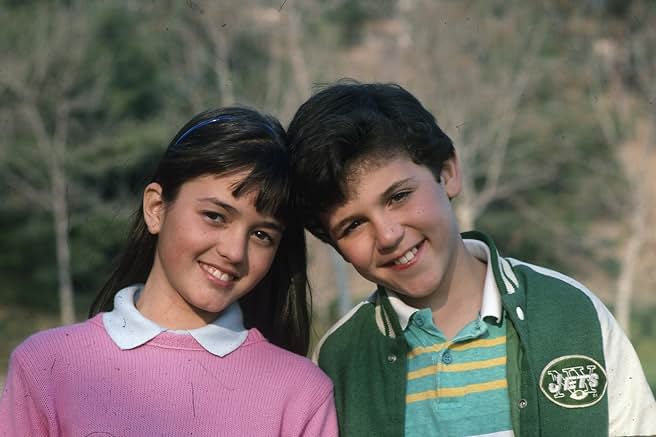
By Annabel Taylor
"1968. I was 12 years old. A lot happened that year. There’s no pretty way to put this, I grew up in the suburbs. I guess most people think of the suburbs as a place with all the disadvantages of the city, and none of the advantages of the country. And vice versa. But, in a way, those really were The Wonder Years for us. It was kind of a golden age for kids."
~ “Pilot,” The Wonder Years
I have always observed coming-of-age stories from a distant vantage point, a means to separate fact from fiction. Of course, I always romanticized certain stories, hoping my life would resemble the same poignance and melodrama I imagined accompanied adolescence.
My favorite coming of age story, perhaps of all time, is the hit series “The Wonder Years” which debuted on January 31, 1988. My parents introduced me to the show as a childhood favorite of theirs. Despite the fact that the 1960s childhood of Kevin Arnold — the show’s protagonist — took place before they were born, they saw a shadow of their youth in the sleepy suburban town he resided in.
The show certainly had all the stereotypical ingredients of a sitcom — an average middle class family living in suburban America, including a stay-at-home mom who spends most of her screen time in the kitchen, an irascible but loving father, a rebellious older sister, a jerky older brother and an average looking, doe eyed protagonist by the name of Kevin Arnold. Despite its facade of cliches, The Wonder Years was undoubtedly light-years beyond its predecessors, offering a poignant and fresh look at something seemingly ordinary.
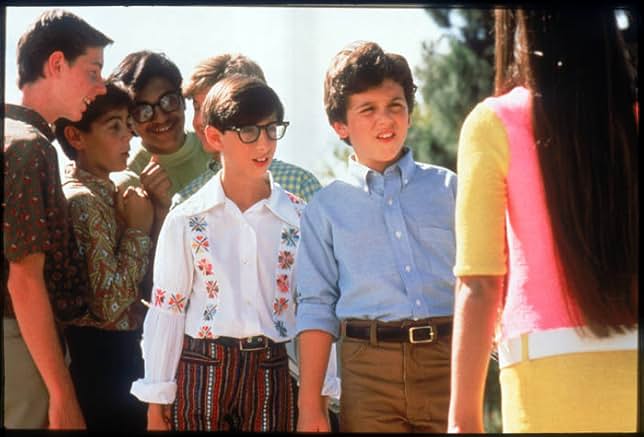
Kevin navigates the familiar dilemmas of middle school — after-school jobs, crushes, his strained relationship with his father and clashes with his brother. Yet, The Wonder Years captures the short-lived and dreamlike essence of childhood memories. Little actually happens in the show plot-wise, but emotionally, it lands with full force.
I started watching the show in sixth grade — my first year of middle school that happened to coincide with a pandemic. Stuck at home and searching for ways to romanticize my mundane day-to-day, I wondered what fictional story my middle school experience would resemble. The Wonder Years served as a vicarious lens into what could be. It was a show that enraptured my attention like no other, not only by virtue of its ‘60s soundtracks and vintage silhouettes, but also an underlying familiarity I couldn’t quite place.
At the time, and to this day, I was obsessed with the era the show took place in. Despite being a late ‘80s sit-com, it was dedicated to cultivating an authentic backdrop of ‘60s suburbia. Told through a single-lens camera and home video-esque footage, the show featured an unforgettable soundtrack packed with hits and b-sides from artists like The Byrds, Joan Baez and The Who.
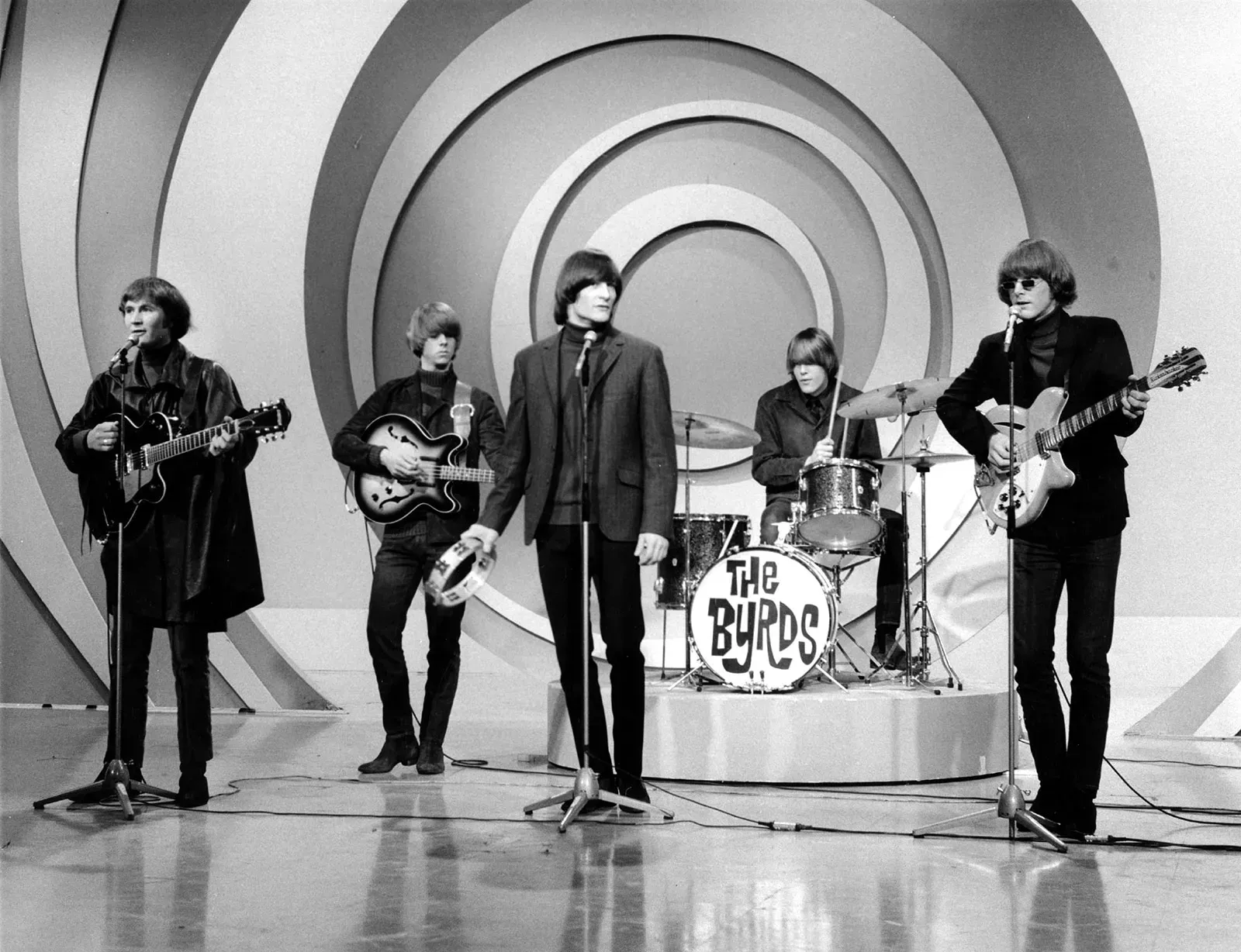
The Wonder Years never directly preached about the pressing issues of the day. Most modern biopics and retrospective shows tend to utilize momentous events of the time as focal points of a narrative, whether it was women's rights, civil rights, JFK or the Vietnam War. By contrast, The Wonder Years weaves these details into the show naturally. Winnie Cooper, Kevin's love interest for the duration of the show, lost her brother to the war. "For What It’s Worth" by Buffalo Springfield plays softly in the background as the ominous sight of a graveyard opens the second episode of the first season — the show's most haunting image. Every episode condenses a gut-wrenching, heartfelt and occasionally humorous tale in just 22 golden minutes. Despite its era-specific backdrop, the show withstands the test of time over half a century later. Go-go boots have since been traded in for sneakers, but Kevin’s heartbreak and triumphs manifest in teenagers to this day.
It was only a few months later, after I had finished the show in its entirety, when I realized why I connected with the narrative so much, beyond its timelessness and strong narrative alone. Technically, the show is set in “Anytown USA,” presumably to create a sense of homogenous relatability for audiences across the country. Kevin even says, “I remember a place, a town, a house like other houses, a yard like a lot of other yards, on a street like a lot of other streets,” to highlight the show’s universal appeal. Despite this ambiguity, the creators have said that the setting pulls from elements of their own childhoods. Co-creator Carol Black grew up in Silver Spring — four miles from where I experienced my own version of those formative “Wonder Years.” The show’s Maryland roots go even deeper. The older version of Kevin is narrated by actor Daniel Stern, a Bethesda-Chevy-Chase High School graduate who grew up in my town. His sardonic yet simultaneously nostalgic tone carries viewers through Kevin’s endless conundrums and epiphanies.
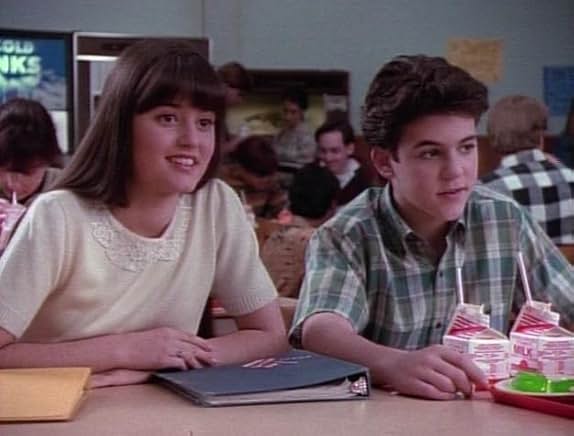
In an interview with The Washington Post, Black referenced elements from her childhood that worked their way into the show. “The notable thing about our little area was that for a time we had the largest Sears in America. There at the intersection of New Hampshire and Colesville Road . . . . It was just little quarter-acre lots, completely bare of trees when it was first built. And gradually they grew up, as we did,” Black said.
The since-closed Sears at Silver Spring’s White Oak Shopping Center is the presumed inspiration for the neon mall where Kevin flips burgers after school and shops for Winnie’s Christmas gift. Moreover, the show’s fictional middle school, Robert F. Kennedy Junior High, is closely inspired by Francis Scott Key Middle School in Silver Spring. A member of the class of 1976, Black then graduated from Springbrook High School and met her husband Neal Marlens soon after. Marlens is also a co-creator of the show, who brought his own elements of his Long Island childhood to The Wonder Years through Kevin’s iconic Jets varsity jacket.
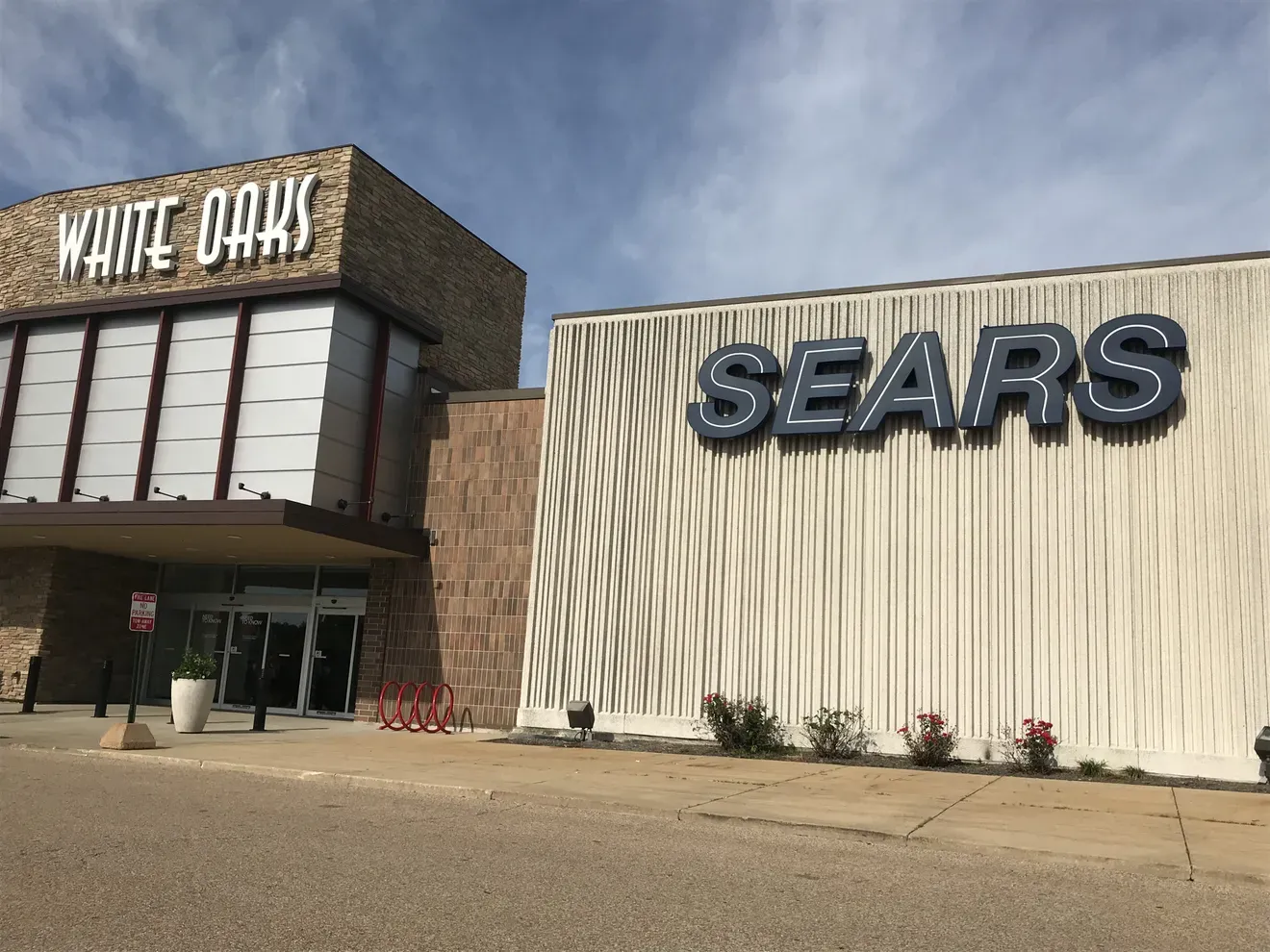
By discovering my supposed proximity to the show’s backdrop, I realized that fact and fiction are more closely related than I had previously surmised. It served as a reminder that the rosy-colored coming-of-age stories I cherished could be woven into my daily life. Equipped with my own overdramatic internal monologue as the 21st-century protagonist of my own Wonder Years, I navigate the same twists and turns as Kevin — with no trace of indifference and an abundance of unapologetic passion.
While the town of The Wonder Years remains unnamed, I like to think it truly is based off of mine. I always found my town to be rather unextraordinary. But perhaps there was a surplus of wonder simmering under the surface of these tree-lined streets all along.
Annabel Taylor is as a freelance writer for The Falls Church Independent. A junior at Walt Whitman High School, Taylor is an opinion writer for the student-run newspaper, The Black & White. In her free time, she loves to read and write, crochet, and play basketball.

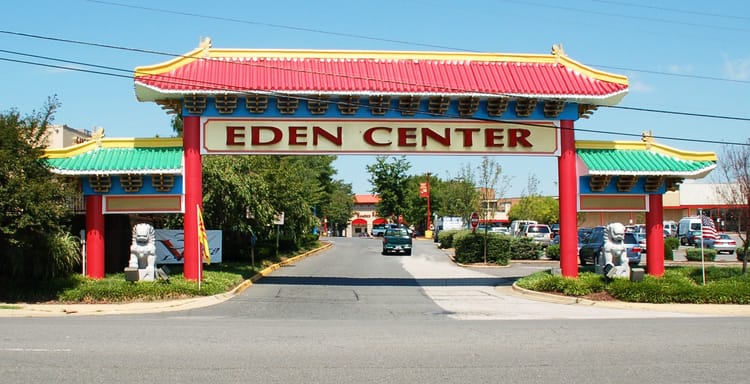


Member discussion